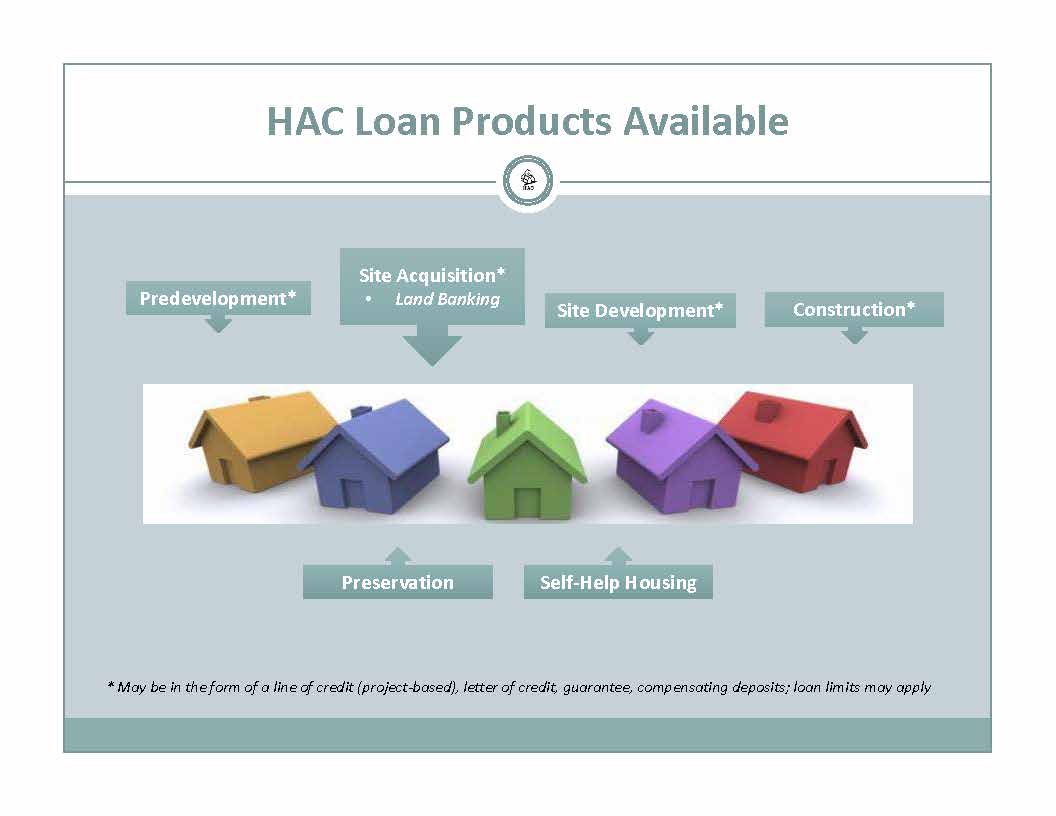Annual Report 2014
 The mantra ‘retool, rebuild, renew’ resonated throughout the year as HAC continued its work improving housing conditions for the rural poor. Even as the economy begins to improve, many rural communities and Americans continue to struggle with the aftermath of the national housing crisis and recession. Similarly, some rural housing providers have scaled back their efforts in response to critical funding cuts and uncertain markets. Adversity and change have never discouraged HAC or the partners we have developed such strong relationships with across the nation. HAC continues pressing forward to retool our collective talents, rebuild the innovative spirit that got us where we are, and renew our passion for the mission that guides us.
The mantra ‘retool, rebuild, renew’ resonated throughout the year as HAC continued its work improving housing conditions for the rural poor. Even as the economy begins to improve, many rural communities and Americans continue to struggle with the aftermath of the national housing crisis and recession. Similarly, some rural housing providers have scaled back their efforts in response to critical funding cuts and uncertain markets. Adversity and change have never discouraged HAC or the partners we have developed such strong relationships with across the nation. HAC continues pressing forward to retool our collective talents, rebuild the innovative spirit that got us where we are, and renew our passion for the mission that guides us.
For the entirety of its existence, HAC has worked to recognize housing inadequacies and help facilitate remedies through affordable lending products, technical assistance, and accessible information. As traditional problems linger, new and more complicated constraints of housing distress have emerged. The past decade has taught us the importance of housing to our nation’s economy, communities, and families. As the nation’s fiscal outlook grows more complicated and public sector investment decreases, HAC becomes increasingly integral to the success of building capacity and providing affordable, quality homes in rural America.
All of our efforts serve one goal: to improve housing conditions for the poorest of the poor in the most rural of places. HAC remains dedicated to this mission and to the partners that work tirelessly in pursuit of the day when every family in rural America will have a safe, affordable place to call home.



